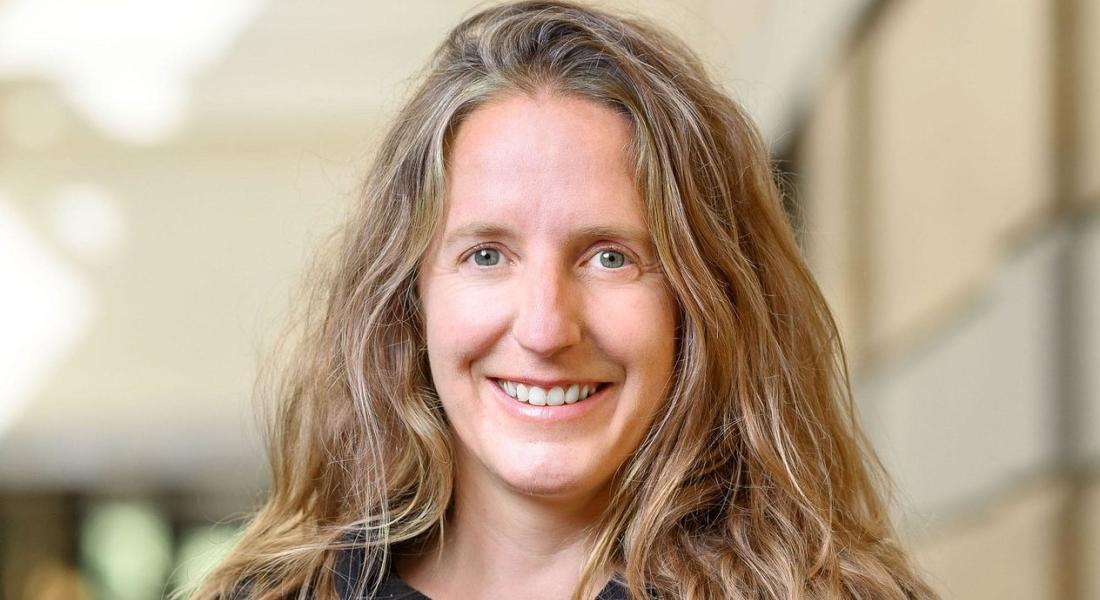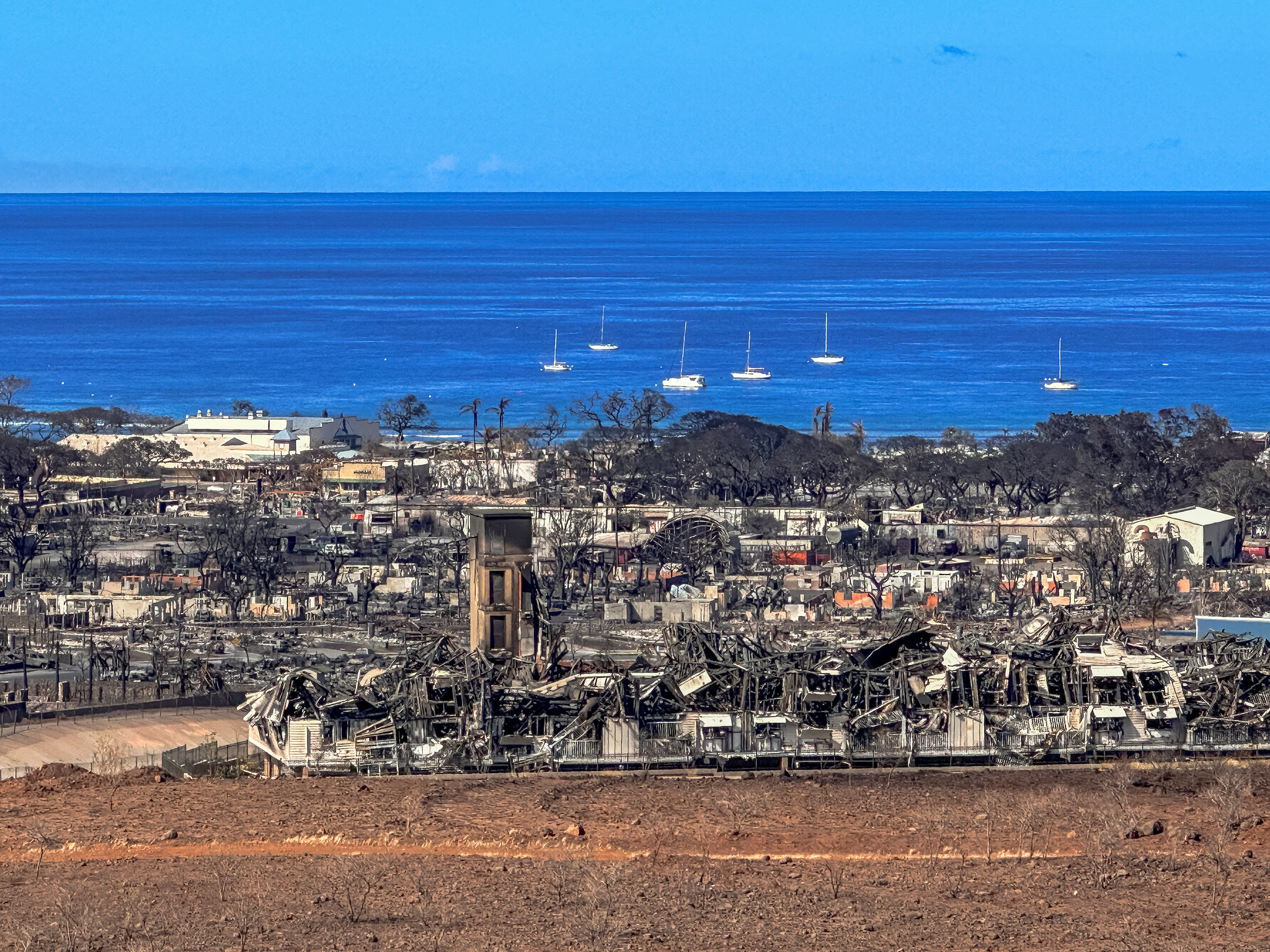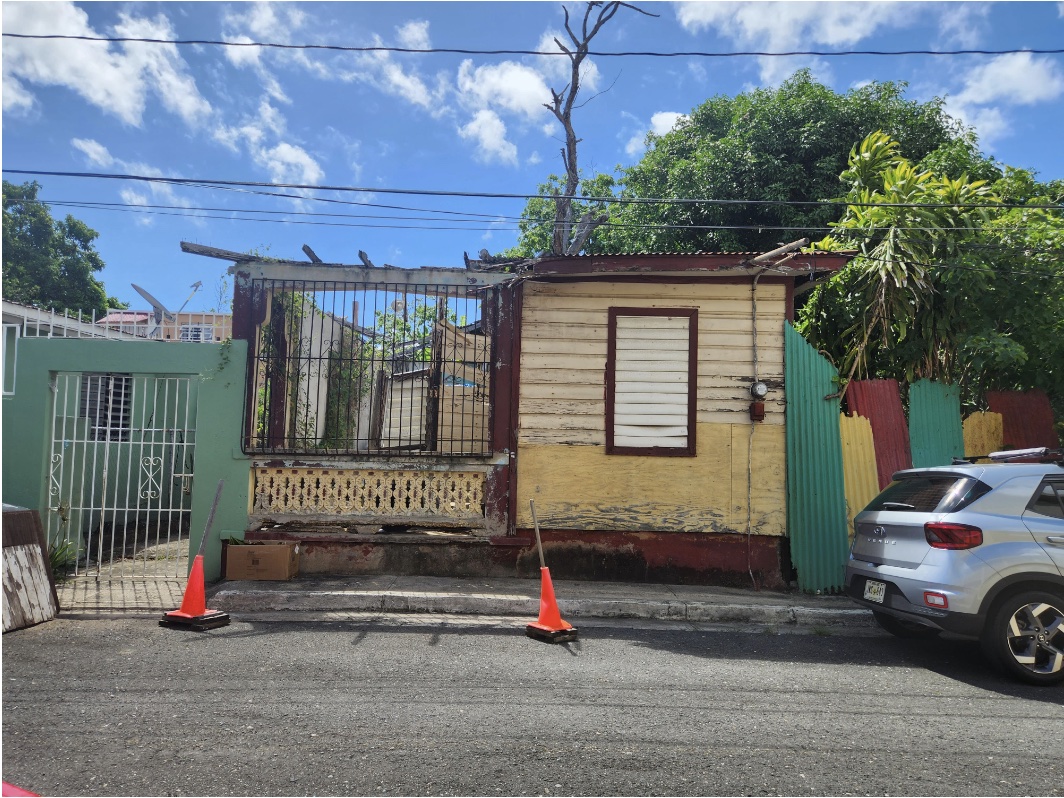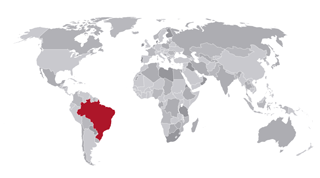
The August 8 fire in Lahaina, Maui displaced nearly 7,000 residents from their homes. As local officials in the historic seaside town continue to face the formidable task of reconstruction, building codes and their regulation are likely to occupy a prominent place in the discussion.
Through a National Science Foundation-funded grant, Kellogg Faculty Fellow Susan Ostermann, a political scientist at the Keough School of Global Affairs at the University of Notre Dame and an attorney with expertise in regulatory compliance, is researching strategies for improving adherence to key hazard-resistant practices in the design and construction of homes in three geographical contexts: Alaska, Puerto Rico, and most recently, Maui. Ostermann’s goal is to design interventions that will lead to a wider adoption of climate-resilient building practices.

Ostermann is collaborating on the project with Abbie Liel, professor of civil, environmental, and architectural engineering at the University of Colorado Boulder.
“We’re incorporating more than pure engineering; we’re also thinking about it from the social, economic, and political side. We’re asking the question: how can we design a regulatory system that works, just like we design a building system that actually works?” Ostermann said.
Together with undergraduate student researchers, Ostermann and Liel began by conducting a series of in-depth interviews in Puerto Rico and Alaska with individuals connected to home building. Interviewees included architects, engineers, regulators, builders and contractors, developers, house inspectors, building supply company representatives, and homeowners.
At the same time, Liel and her team are modeling typical houses from each locale and testing them by recreating the wind and seismic forces the homes are likely to face. Next, they will use the qualitative and quantitative data from the first phase of the project to think about the compliance constraints that each location faces–financial, structural, cultural, and psychological—and to try to design a testable intervention that could increase compliance, Ostermann said. The goal is to then pilot that intervention, refine it, present findings to regulators and other concerned parties, and potentially advocate for more widespread use.
The idea for the project was sparked by a conversation between Ostermann and Liel while they were on an eight-hour hike during the pandemic. (Ostermann and Liel are friends but had never collaborated professionally.) Liel mentioned her research on earthquake- and storm-resilient housing in Puerto Rico, and how simple, inexpensive, and effective solutions weren’t being used in the construction of homes.

Ostermann probed Liel with questions about the builders, residents’ relationships to government, key local issues, and other community characteristics.
After a lengthy discussion, the two researchers realized that they could benefit from each others’ expertise and decided to submit a proposal for funding. They were initially awarded a National Science Foundation grant in 2022 to compare housing and regulatory compliance in Puerto Rico and Alaska, and in September 2023 they were awarded a supplement grant to add Maui to the study.
Though an international building code exists, it often is adapted by state and local governments, Ostermann said, and it can become political because it is a standardization, sometimes across several contexts where a uniform approach doesn’t always make sense. It is at this point where representation in government and bureaucracy matters tremendously, especially in places that are highly segregated or have substantial minority populations.

A prefabricated home kit designed by a building supply company in Alaska for use in permafrost or tundra areas. Materials are placed in shipping containers and sent throughout rural Alaska. Keough School researcher Susan Ostermann and her collaborator Abbie Liel are testing these designs to evaluate the wind and seismic forces they can withstand and whether inexpensive modifications can be made to make the designs safer and more resilient. If a feasible approach is found, the researchers will work with the company to modify the kits. Photo provided by Susan Ostermann.
While the research is in its early stages, Ostermann said she has already appreciated the benefits of interdisciplinary study and has enlisted the help of three Notre Dame undergraduate students who are working on the project as research assistants. Students conducted interviews last summer in Puerto Rico and Alaska with contractors, local government officials, and people building their own homes.
“Our students are also getting to see and partake in interdisciplinary collaboration in action, something that is prized by many employers these days who increasingly pair tech workers with social scientists for project work,” Ostermann said.
As climate change increasingly causes extreme weather events, building codes are likely to become more predictive rather than reactive, Ostermann said.
“Even though building codes are probably the most boring thing ever and nobody actually wants to talk about them, they are literally the mechanisms by which we are trying to adapt to climate change in terms of the built environment.”
This story originally published at Keough.nd.edu.
The Kellogg Institute for International Studies, part of the Keough School of Global Affairs at the University of Notre Dame, is an interdisciplinary community of scholars and students from across the University and around the globe that promotes research, provides educational opportunities, and builds partnerships throughout the world on the themes of global democracy and integral human development.





